Bestseller
Advaitadipika (Sri Nrsimhasramaviracita) (In 3 Volumes)
Synopsis
The author starts with a discussion about the true nature of jiva. The Sruti text, ‘That thou art’ (tat twam asi) speaks about an identity between ‘thou’ (jiva) and ‘that’ (tat). What is implied by ‘thou’? In ordinary parlance, ‘thou’, i.e., jiva, the individual self, is understood differently as the physical body, the sense, the vital breath and the mind. But, we are told that the individual self is not any of them for which the expression is sheath or kosa. By a process of climination we may apprehend the real nature of the Self that transcends all sheaths. The author draws upon a text of the Chandogya Upanisad to show that atman is different from ahankara, the mind. In chapter seven Sanat Kumara initiating Narada into the search for atman mentions (i) the concept of Bhuma Brahman (ii) the identity of ‘I’ (ahankara) and (iii) atman. Ali these three are described as identical with ‘all’. Now, this is possible only if the three are identical. But, according to the Sruti text tat twam asi in the last chapter the identity between bhuman and atman is possible. But, ahankara cannot be described at all and hence the reference is only to show that it is different from both, as ahankara is accepted as different from both, as ahankara is accepted as different in each individual. Jayatirtha, on the other hand, contends that according to Pancaratra Agama aham is not ahankara but aniruddha. This has been refuted in the light of the basic principle of six criteria used for finding out the purport of a whole chapter. Next, comes the nature of anandamaya in the Taittiriya Upanisad, Sankaracarya discuses the topic in his commentary on the Sutra, anadamayo’bhyasat (I.i. 12). Obviouisly abhyasa or repetition is meant only for ananda and not anandamaya, the suffix maya referring to change or transformation (vikara) as in the expressioins, anna-maya, prana-maya, etc., etc. In fact, however, there is repetition of the word Brahman at the end off the paragraph, asad brakme ti vada ced, asti brahme’ti ced veda etc. Needless to mention that ananda in Brahman. Further, the author rejects anuvyavasaya accepted by the naiyayikas and posits aksin in its place. In the wake of a piece of cognition, say for instance, ‘this is a pot’, there arises a mental cognition, viz., ‘I know the pot’. This second cognition is called anuvyavasaya as it follows vyavasaya (anu = after). The Advaitin rejects this view by pointing out that the saksin or aiman who is witness of all mental activities cognizes the first cognition. And, as much he has the capacity to witness or enlighten all that comes into contact with him. The Advaitins, however, are quite conscious of the utility of vyavasaya or what they call urttijnana. It is necessary, according to them to remove the ajnana of a particular object. Vrttijnana is caused by sense-object contact. Atman which is consciousness cannot repel avidya as it reveals the latter. It is only vrttijnana which can dispel ignorance. The experience, ‘This Pot appears now’ shows that the pot-conditioned consciousness is now rid of ajnana, which has been obscuring it before. It must be remembered that in this case no new knowledge is born as consciousness that reveals it is permanently there. The author next takes up the questioin why vrtti is to be accepted and why it flows through sense and pervades the subject. Vrtti is an offshoot of the mind which removes ajnana veiling our object-conditioned consciousness. When that is removed the consciousness that becomes identified with the mind-conditioned consciousness reveals the object with the result that we cognise the object. The above is accepted only in the case of perception of external objects and not for the perception of the mind and any of its qualities. In respect of cognition arising from amumana, sabda etc., vrtti arises within the mind and repels much ajnana as obscures the object concerned. Ajnana, as we are told, has two aspects, viz., one that obscures existence and another that obscures the perceptual appearance. Both these aspects are removed by perception only, but, other pramanas can remove the existence-obscuring capacity only. It is, therefore, that when we infer the fire on the hill we say that the fire exists on the hill. But, we obtain a perceptual knowledge of the fire and we say: (i) I see the fire and (ii) The fire exists.
Read more
74.70
67.23
$
83.00 $
Free delivery Wolrdwidе in 10-18 days
Ships in 2-4 days from New Delhi
Membership for 1 Year $35.00
Get it now and save 10%
Get it now and save 10%
BECOME A MEMBER
Books by the same author

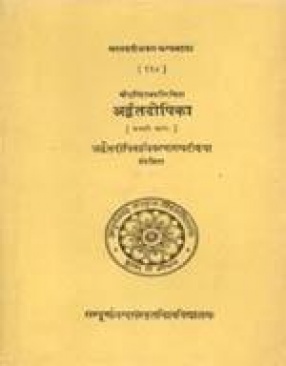
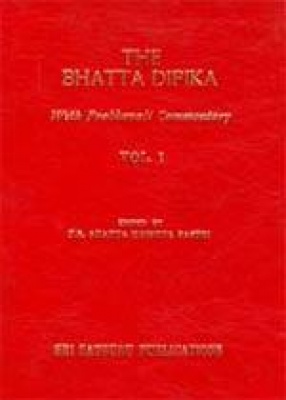
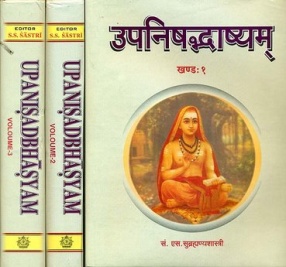

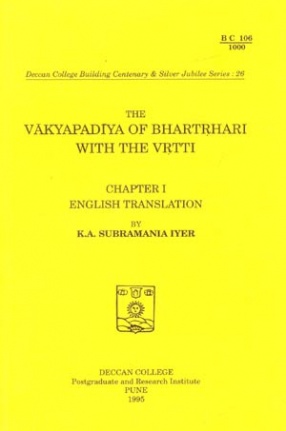
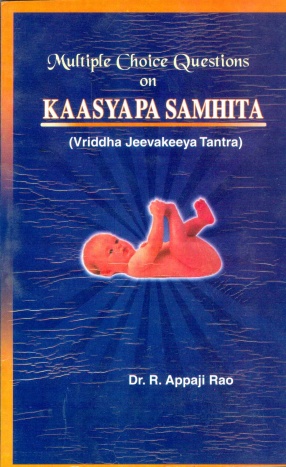

Bibliographic information